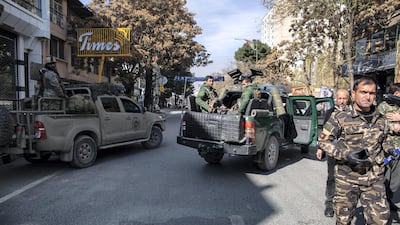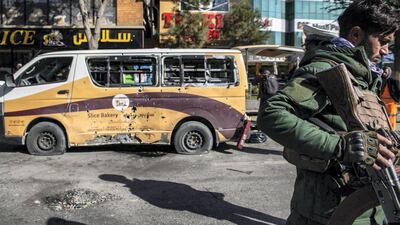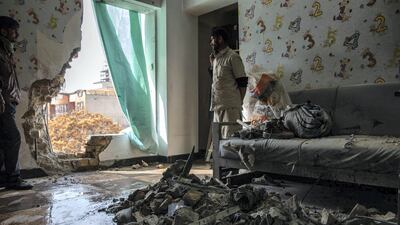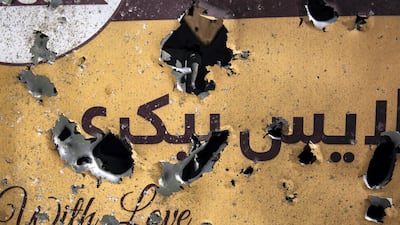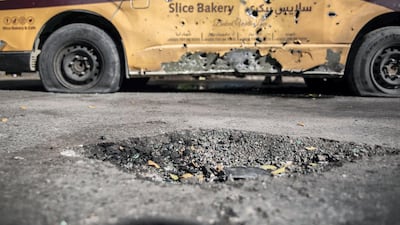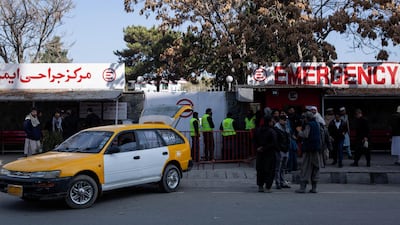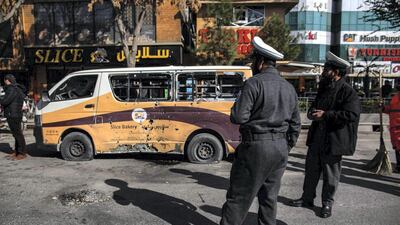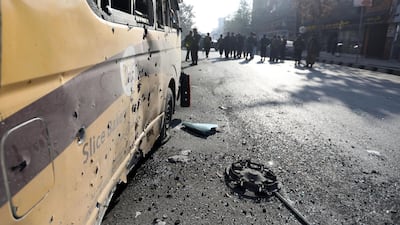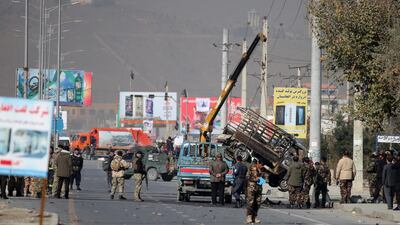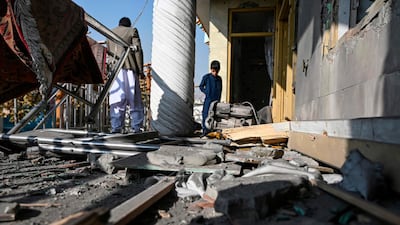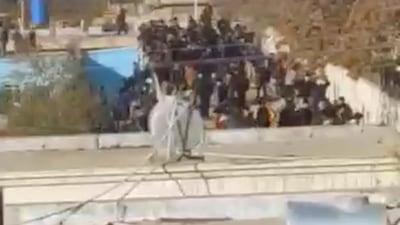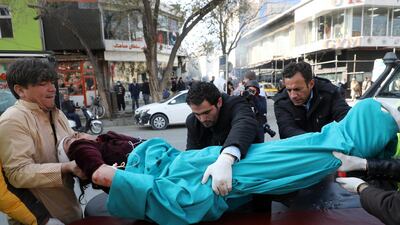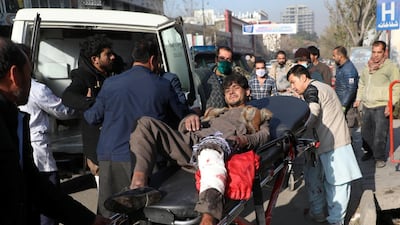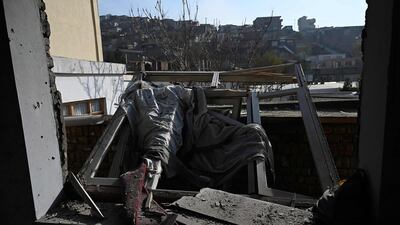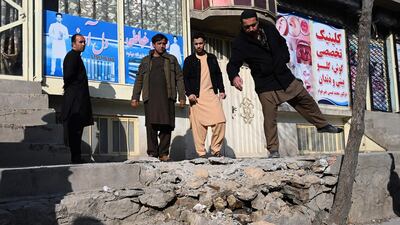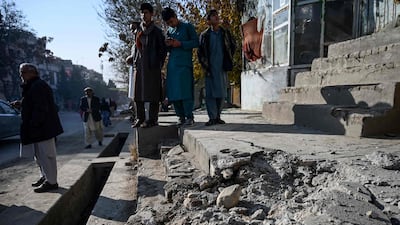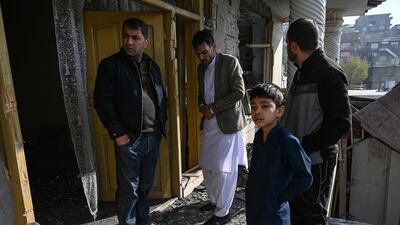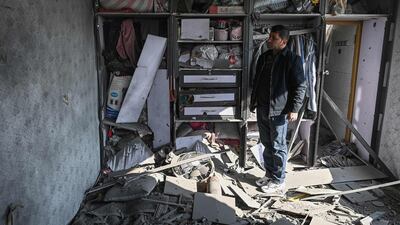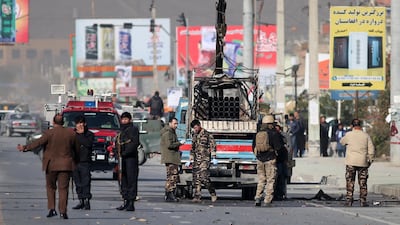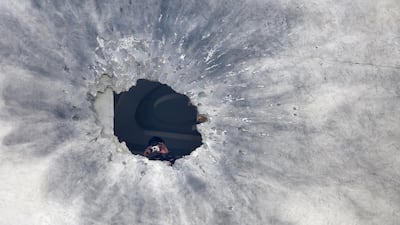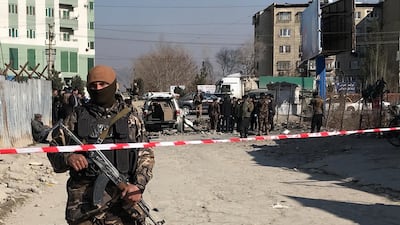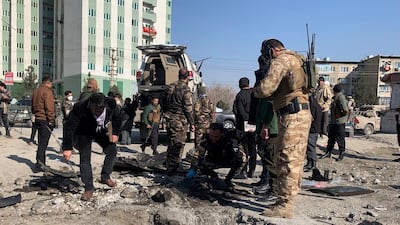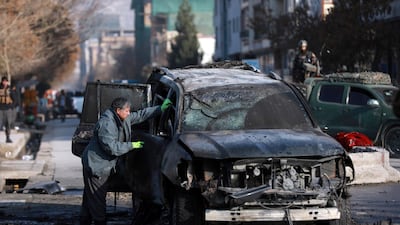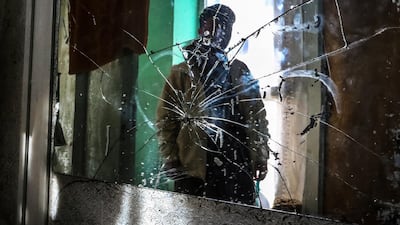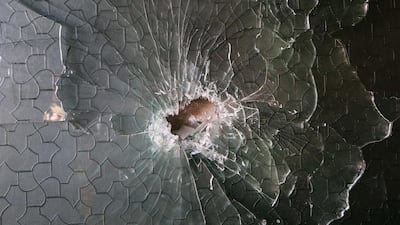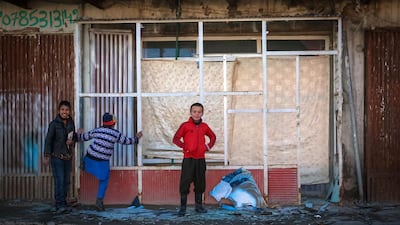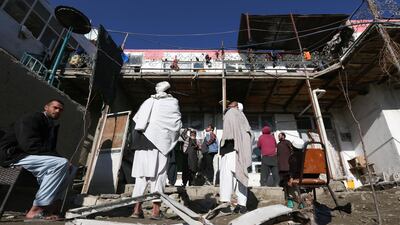Barely a day passes without explosions or targeted attacks in the Afghan capital. Fighting rages in the provinces while peace negotiations between the Taliban and the Afghan government resumed only on Monday night after long weeks of stalling.
For months now, people in Kabul – and throughout the country – have been living with a newfound but familiar panic. Those who can, leave, wondering what might happen to the heavily US-supported Afghan forces as the May deadline for a full US troop withdrawal looms.
"This is the darkest moment since 2001," said Shaharzad Akbar, chair of Afghanistan's Independent Human Rights Commission, referring to both an uncertain future and the surge in recent threats and attacks.
Whether the US troops actually leave has yet to be decided, but the Afghan National Defence and Security Forces (ANDSF) will be a crucial component for a stable future Afghanistan, even though they are not yet well-enough equipped nor financed to protect the country long term.
They are, however, preparing to increase special operations forces to face the Taliban in the upcoming fighting season, according to Deputy Defence Minister Shah Mahmoud Miakhil.
"No area in the country will face the threat of collapse," he said.
Dependent on US support
Since 2001, the US Congress has allocated about $141 billion in funding for reconstruction and for training and equipping security forces in Afghanistan. Several militia units, such as the Khost Protection Force, were specifically trained by the CIA.
Out of the war-torn country’s national annual budget, 36 per cent is set apart for defence costs, although a large chunk is financed by the US and its allies.
To this day, 45 per cent of Afghanistan’s total annual budget comes from external sources, such as foreign aid; while about 48 per cent is comprised of taxes, customs, royalties and other government revenues. A 7 per cent deficit remains.
“The ANDSF will see major hits to their budgets if US support dries up, and that means crippling operational impacts as well,” said Michael Kugelman, deputy director of the Asia Programme at the Wilson Centre.
Afghan war – in pictures
“US funding cuts to Afghan security forces would have major impacts across the board on their ability to fight, and at a moment when the Taliban’s insurgency has never been stronger.
"This is why one of the most important unknowns at this point is whether a US troop pull-out would also entail turning off the aid spigot. The former would be highly damaging for the security situation, but the latter could be downright catastrophic,” Mr Kugelman said.
Afghanistan's army disintegrated once before, under former president Mohammad Najibullah after declining financial and technical support from the Soviet Union after they withdrew in 1989, although the current ANDSF is stronger, and better built.
Defence Ministry spokesman Jawad Aman is optimistic. "Nato has committed to continue to provide funding to Afghan security forces through 2024," he told The National.
“The Afghan National Army is independently conducting all ground operations and more than 95 per cent of air strikes. They have the capability to fight terrorist threats and protect the country independently.”
Corruption in the ranks
Almost 20 years of US and Nato partnership certainly strengthened the ANDSF, but the forces continue to struggle and corruption is widespread.
Camp Scorpion, one of the US bases outside Kabul, was left to Afghan commandos last September, but days later, lorries and other vehicles left behind at the base were already missing, sold off or stolen, an Afghan officer said.
Afghanistan's air force – still dependent on US contractors – is poorly equipped, a recent report by the lead inspector general for Operation Freedom's Sentinel said. Almost 94 per cent of Nato's train advise assist command-air personnel has left the country, paralysing the mission to further train new pilots and service aircraft. "No airframe can be sustained as combat effective for more than a few months," the report said.
Afghan forces largely rely on air support for attacks and to deliver supplies and transport casualties in the mountainous country.
"The Americans made our lives very easy," an Afghan officer who worked directly with the US said. "We now carry the responsibility. It is very hard."
Throughout the country, Afghanistan’s security forces are trying to hang on.
Agha Wali, 21, a shaggy-haired national police officer, who fights at the frontline in Kandahar’s Panjwayi district, admits to being tired. “But we can’t give up now,” he said. “We’ve seen many of our friends and colleagues killed. We need to keep fighting for peace.”
Shafiqullah Khogyani, 28, an army officer stationed in the eastern Kunar province, is more optimistic. “The Afghan national army is strong,” he said. “We’re already fighting the enemy without US support and we will prevail, even if it might be difficult.”
For the approximately $200 he makes a month, he says he will "defend the country for as long as I'm alive". He feels betrayed by the Americans nonetheless. "They are turning their backs on us," he said.
The future is uncertain.
A no-win situation
“Let’s be clear: if US forces remain beyond May 1 without getting the Taliban to agree to an extension, it’ll be back to the drawing board at the worst possible moment,” Mr Kugelman said.
“The most responsible option is to try for a troop withdrawal extension, and if you don’t get it, start planning for a full pull-out on May 1. Tragically, no matter what the US does, the Afghan people will lose out the most.”
Afghanistan is liable to slip into civil war if left alone, according to former Afghan government adviser Torek Farhadi.
Warlords and local militias have been arming throughout the country, leading many to fear a similar scenario to the 1992-1996 civil war. ISIS recently published a video calling on Taliban fighters to switch sides, announcing plans for further attacks throughout Afghanistan.
“Nobody knows how the world will evolve,” Mr Farhadi said.
“One thing is sure though: many in the US have realised the Americans have overstayed and overspent in Afghanistan. On both sides of the political spectrum, the majority agree that the longest war must be brought to an end.”
